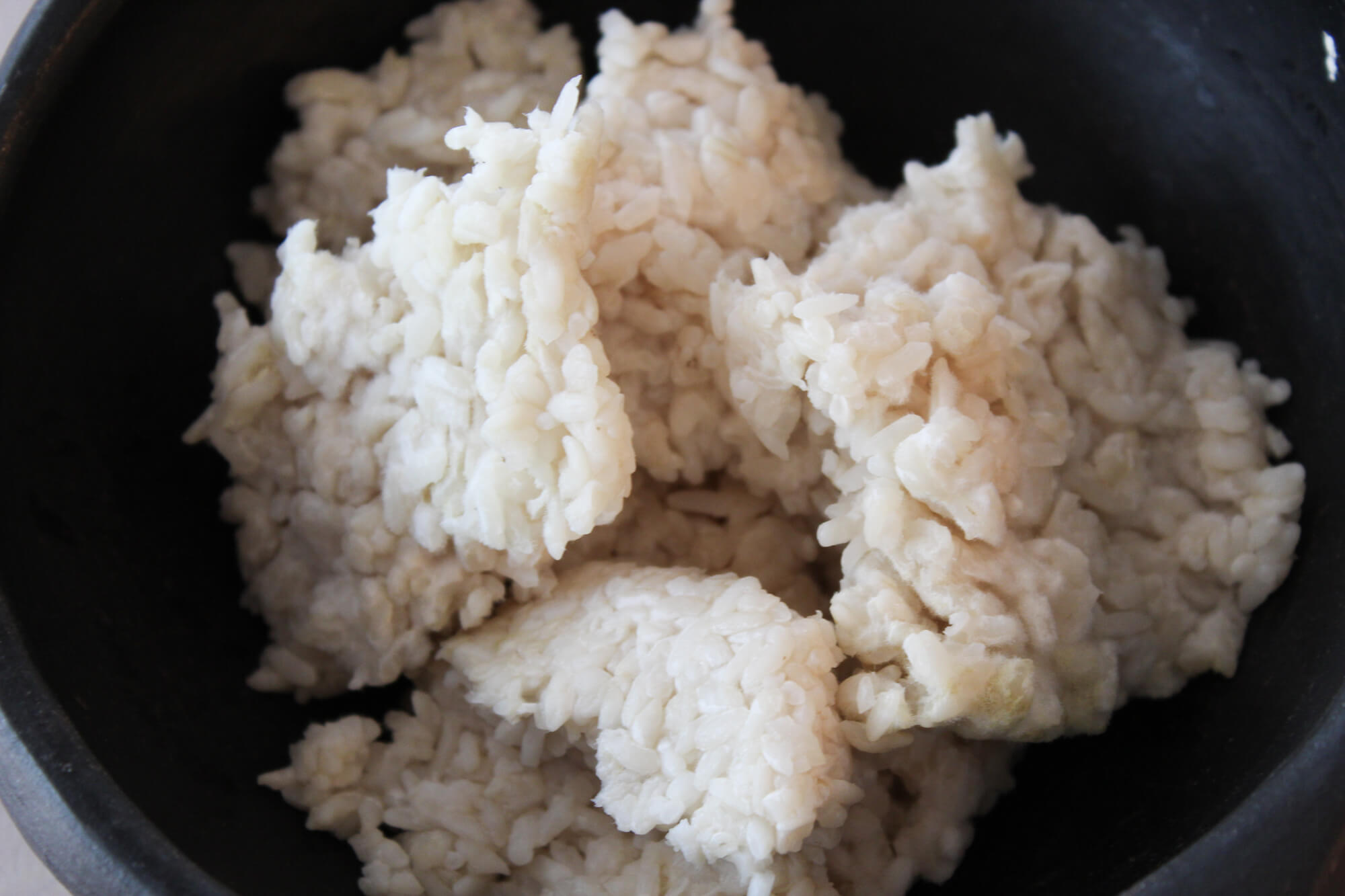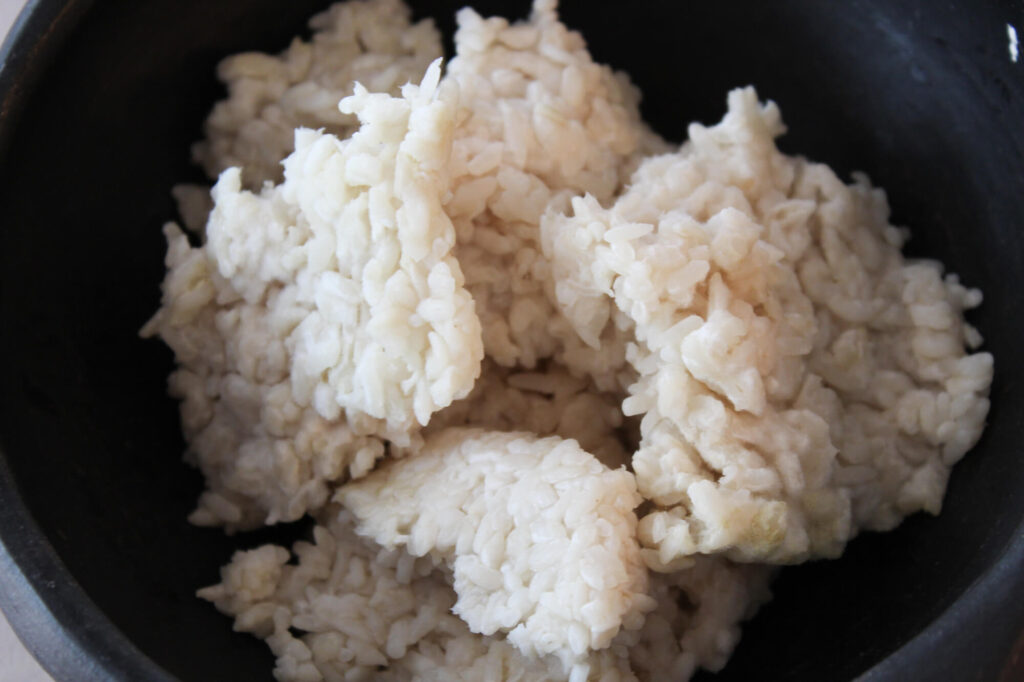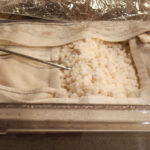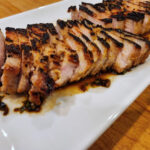
I do that sometimes. Just take a cursory look into something in a book. Say to myself “cool, but I’m never doing that”. Then for no reason that I can discern I see it again and am like “hey, this is cool. I should totally give it a shot”. Before I know it I am obsessed with whatever topic it is and on a fun -usually fun- and rewarding journey that I am eager to share. This has been my experience and history so far with Aspergillus Oryzea.
First it was in the Noma Guide to Fermentation book, then I cross referenced more information from Sandor Katz’s The Art of Fermentation and then more recently I read through the book Koji Alchemy by Jeremy Umansky and Rich Shih. This all happened in a matter of a month or so. I will give immense credit to all three books in what will hopefully be a series of posts here and especially the Umansky/Shih book. It is the one focused on this topic and if I had to recommend only one to dive into all things Koji, it would be it. I barely scratch the surface of the science, methods, applications and foods possible with Koji in my posts. So, buy it (or all three) and follow along.
What the hell is Koji anyways and why is it so cool? Koji is the grain that is inoculated by the aforementioned Aspergillus Oryzea organism. It is the basis for many of the world’s most beloved and ancient flavors. Koji gives us soy sauce, miso, Gochujang, sake and it is in a sense for me the essence of that tasty umami flavor. That’s only the start. There are so many fascinating long and short term applications for Koji that I am looking forward to trying out. I’ll attempt to document some of my experiments with Aspergillus Oryzea and Koji on this page. If all goes well other non-Koji fermentation projects will pop in too. I created an option in the menu for this site that will quickly navigate you to “Fermentation Projects“.
For an orientation I will use the Koji Alchemy terminology and methods. It’s the most clear, logical and generalized of the references I cited above. Here’s a quick breakdown that I will refer to in future posts:
- Making Koji: rice is very often and the most common grain as a basis for Koji, but most grains work.
Barley is a very common one here and Noma uses that almost exclusively from what I could tell as the default. Some other unexpected versions include stuff like popcorn. - Koji quick uses like Amazake, Shio Koji and just pan frying and crisping up a chunk of it.
- Koji long-term uses such as making amino pastes (think miso), amino sauces (think soy sauce). I really like this terminology from Koji Alchemy as opposed to calling everything miso or soy sauce with the name of grain before it (Pea Miso, Chickpea Miso, Banana Soy Sauce,…)
- Koji used to cure and age meat and charcuterie
- Koji used to cure, pickle or ferment vegetables
- Koji used with dairy or eggs
- Koji used in baking
Ok, so let’s make some Koji. Next post coming up shortly!



